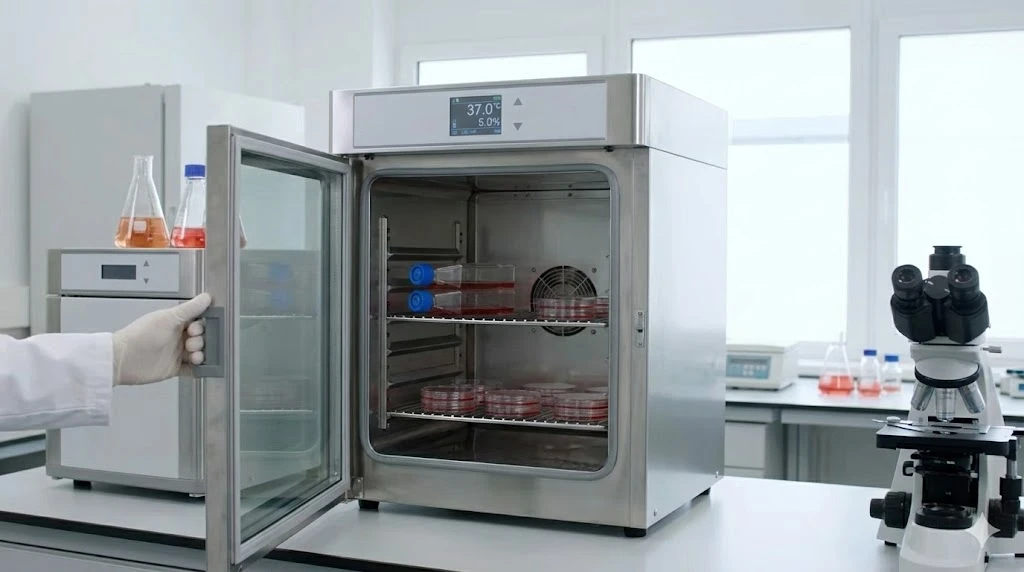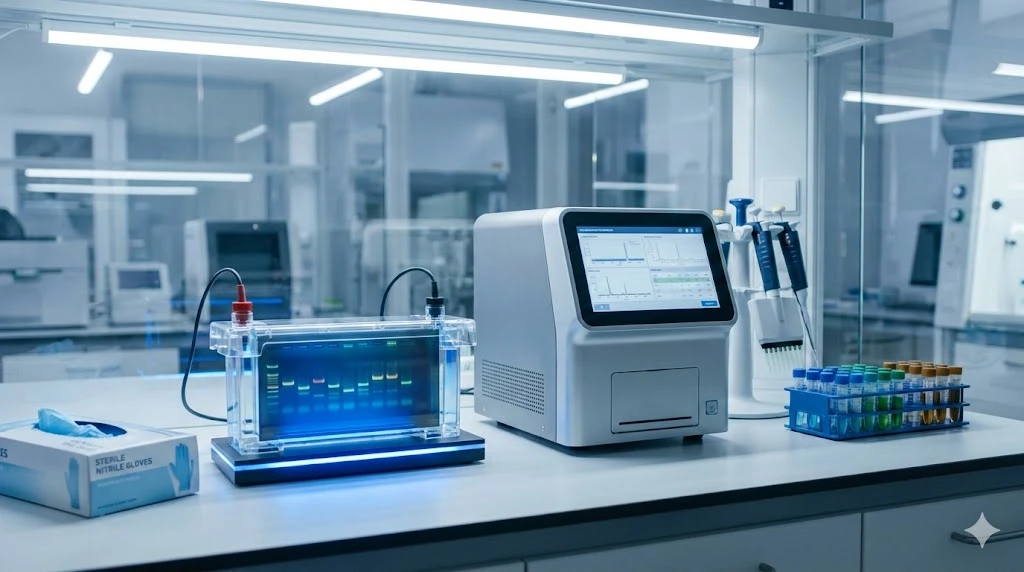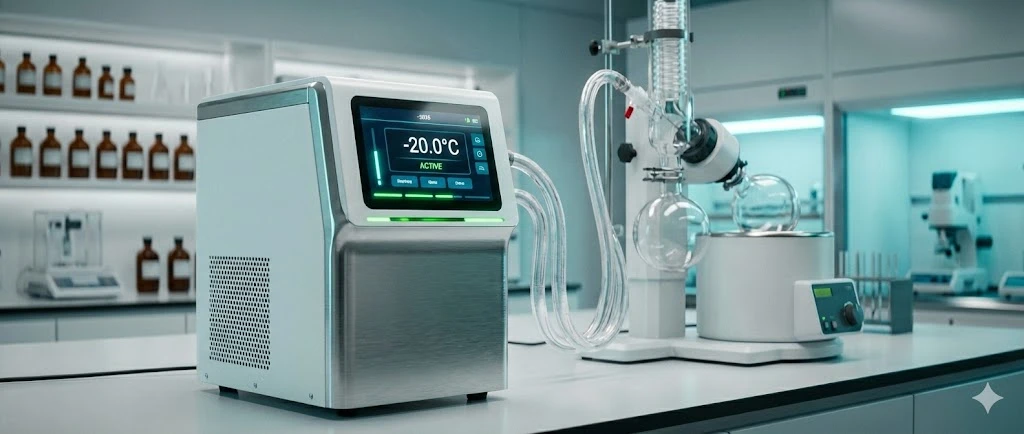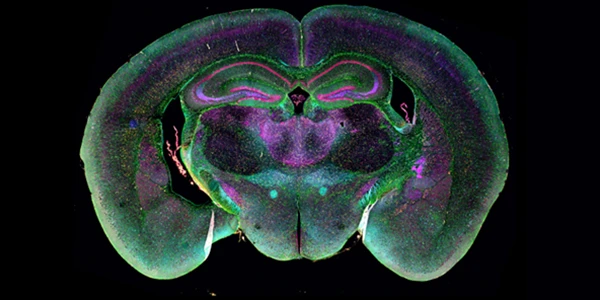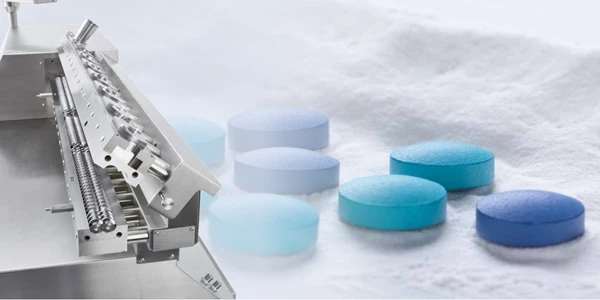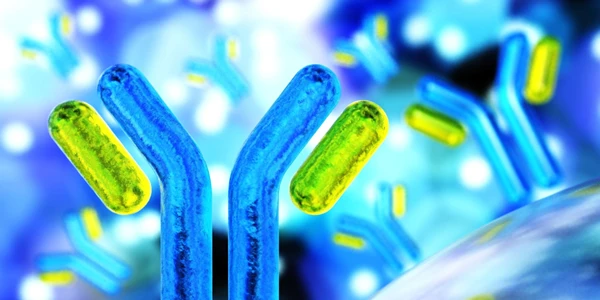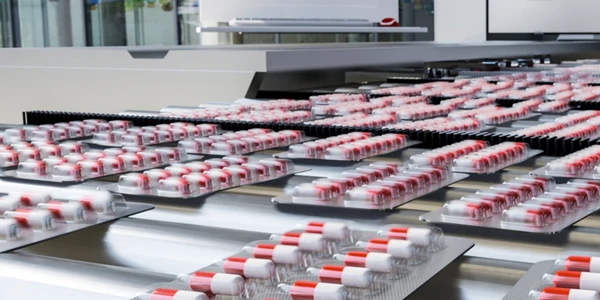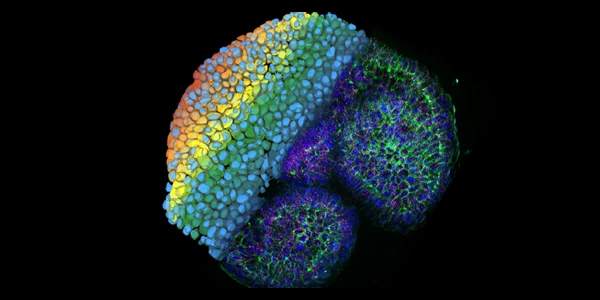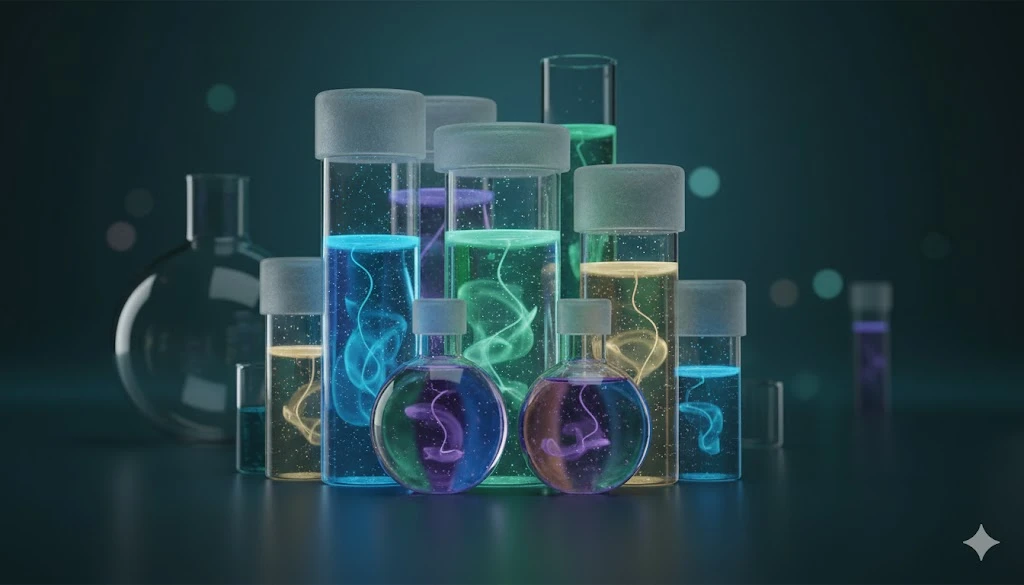Hemp versus Marijuana: CBD vs THC
Considering the important distinctions between CBD and THC and their preferred origin, it is only fitting to detail the difference between these cannabis types.
- Hemp cultivation dates back to ~3000 BC with central Asian origins.
- Hemp fiber is acknowledged for being both durable and strong – with very high tensile strength.
- Hemp uses as an industrial fiber include: clothing, paper, roper, twine, string, and yarn.
- Hemp roots and seeds produce oil that can be used for production of paints, varnishes, soaps, fuel, and consumable products with nutritional value.
- Of course, hemp oils and isolates have pronounced medicinal value – some which are reasonably well-defined and some that are still emerging.
- Hemp extracts and concentrates are typically plant-derived oils which are enriched for CBD and other cannabinoids, as well as terpenes, flavonoids and other cannabis compounds.
- The combination of chemicals adds to the aromatic and flavor qualities of the extracts, and may have synergistic effects on the body through the ‘entourage effect’ concept.
- CBD is produced in much higher concentrations in hemp compared with THC and other cannabinoids, making it a preferred background for CBD isolation.
-
Emerging medicinal relevance of CBD combined with efficient extraction and isolation methods mean hemp may be the ideal source for CBD isolates and plant-based (FDA-approved) therapeutics.
Unlike hemp, which can have THC concentrations below 0.3% or lower, marijuana and more specifically Cannabis sativa and Cannabis indica, may possess upwards of 20% THC or more.
- THC has pronounced effects on the brain including psychoactive and memory influences.
- THC has medicinal qualities and both synthetic and natural preparations have been FDA-approved for certain medical conditions.
- Dronbinal (Marinol) and Nabilone (Cesamet) are synthetic analogs that were fast-tracked by the FDA for treatment of chronic wasting in AIDS patients.
- Sativex (Nabiximols) is the world’s first plant-derived cannabinoid treatment for spasticity in multiple sclerosis patients.
- THC and other cannabinoids are predominantly harvested from the flower and leaves of the plant.
- The plant itself is short and bushy, with an abundance of flowering buds and leaves as opposed to hemp, which grows in tall stalks with abundant seeds.
The differences extend far beyond the relative concentrations of CBD versus THC and the medical differences between these plants. The distinct structure of the plants, and the locations of cannabinoid concentrations, necessitate specific methods for the cultivation, harvesting, raw material processing, milling, extraction, purification, and testing.
The more recent interest in CBD as a potential therapeutic has expanded the footprint of not only the cannabis growing and processing areas of the industry, but the legal and political aspects as well.
What is the legal difference between hemp and marijuana?
The main legal distinction in the US is based on THC content. How are the uses of the hemp and marijuana plants different?
While marijuana is almost exclusively cultivated for its cannabinoid content (primarily THC), hemp has a wide variety of uses. What are the key differences in processing hemp for different products?
The processing of hemp varies greatly depending on the intended final product. Because hemp plants are taller and have tougher stems, they require more powerful equipment, such as high-torque, adjustable-speed sieve mills, compared to the simpler knife mills used for marijuana. For CBD extraction, the process involves separating the flowers and leaves, followed by milling and then a solvent-based extraction, with ethanol being the preferred method for CBD. For fiber and grain, the plant stalks and seeds are separated and then processed accordingly, which may involve pressing seeds for oil or retting fibers for textiles. How does CBD extraction differ from THC extraction?
While both CBD and THC extractions use organic solvents like hydrocarbons, alcohol, or carbon dioxide, the preferred methods differ. CBD is best extracted using ethanol-based methods, which require a solvent recovery process. In contrast, THC is best extracted using closed-loop, hydrocarbon-based methods, which require excess solvent removal after extraction. In both cases, precise temperature control is crucial for an efficient and high-quality yield.FAQ
